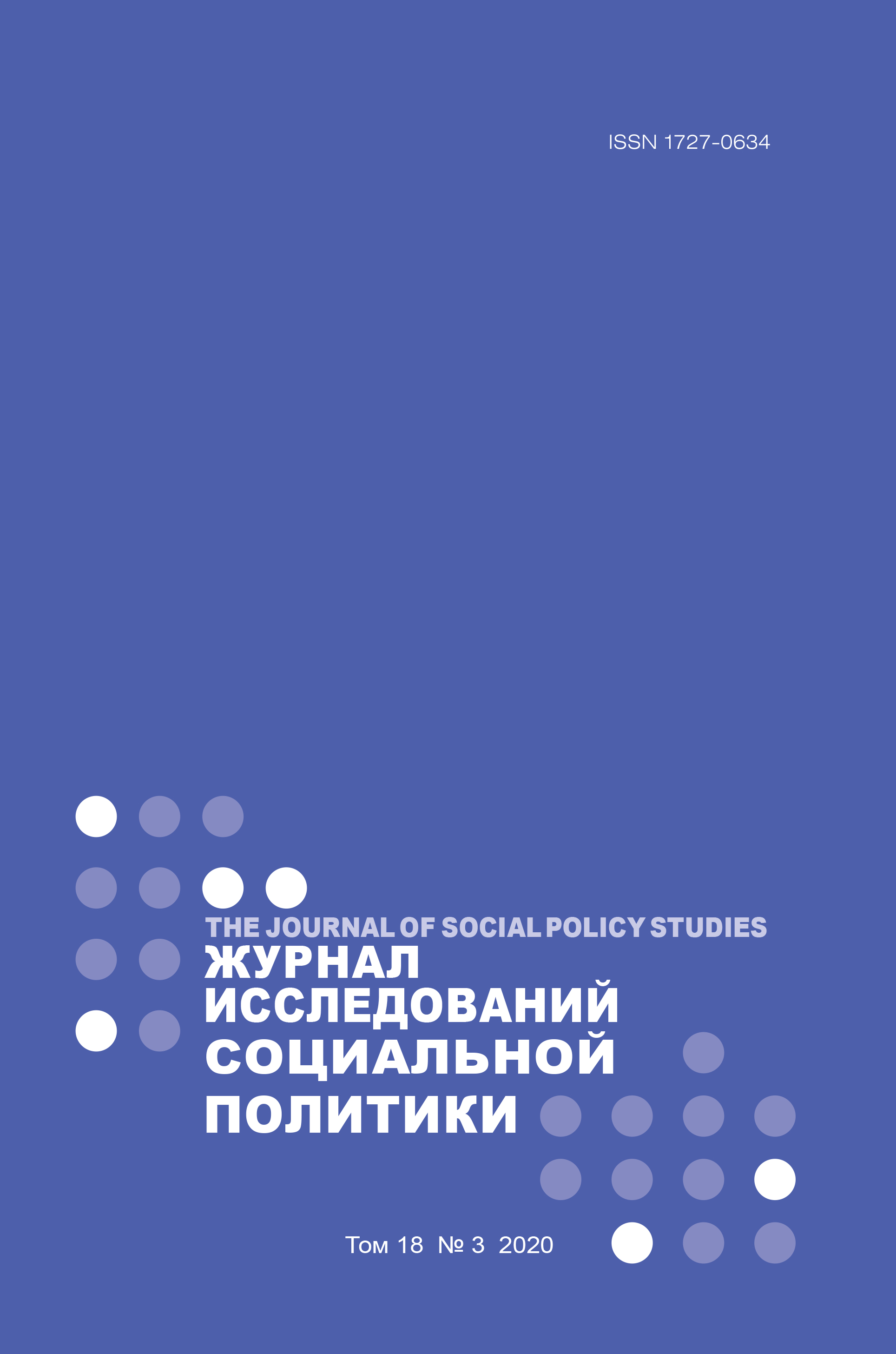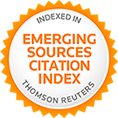Social Participation of Russian and Armenian Students: The Institutional Context and UnrealiSed Potential of the Third Sector in the Socio-Cultural Development of Regional Cities
Abstract
The article examines the potential of student participation in the socio-cultural development of cities. We consider the possible impact of youth social participation through volunteerism on the development of cities in which they live through local projects in the non-profit sector in Russia and Armenia. The article assesses the implementation of youth policy as an institutional context for youth participation. A survey was conducted among thirty-seven cities of the Sverdlovsk region in Russia and twenty settlements of the Shirak region in Armenia (target sample, N = 715). The study showed that the readiness of Armenian students to participate in the socio-cultural development of cities is significantly higher in comparison with the assessments of Russian students. The students of Russia and Armenia are characterized by a low level of social participation in the cultural development of cities. Cross-country differences were determined by three main factors. Firstly, the level of development of civil institutions does not have a straightforward relationship with state policy encouraging youth participation. In Russia, centralized state support for the social activity of students does not provide the expected significant impact on the youth participation. In Armenia, the lack of a national strategy to support the youth participation does not allow state support to be fully realized. Secondly, the degree to which municipalities interact with local NGOs supports
the development of civil society, something that helps provide conditions for constructive youth participation. In Russia, these interactions are limited due to the excessive bureaucratization of NGOs and their financial dependence on the state. In Armenia, interactions are encouraged with the active financing of diaspora’s organizations and international foundations. These well-funded organisations, however, do not inspire confidence or trust among the youth of Armenia. Thirdly, differences between Russia and Armenia can be explained
by the level to which a culture of student participation exists















